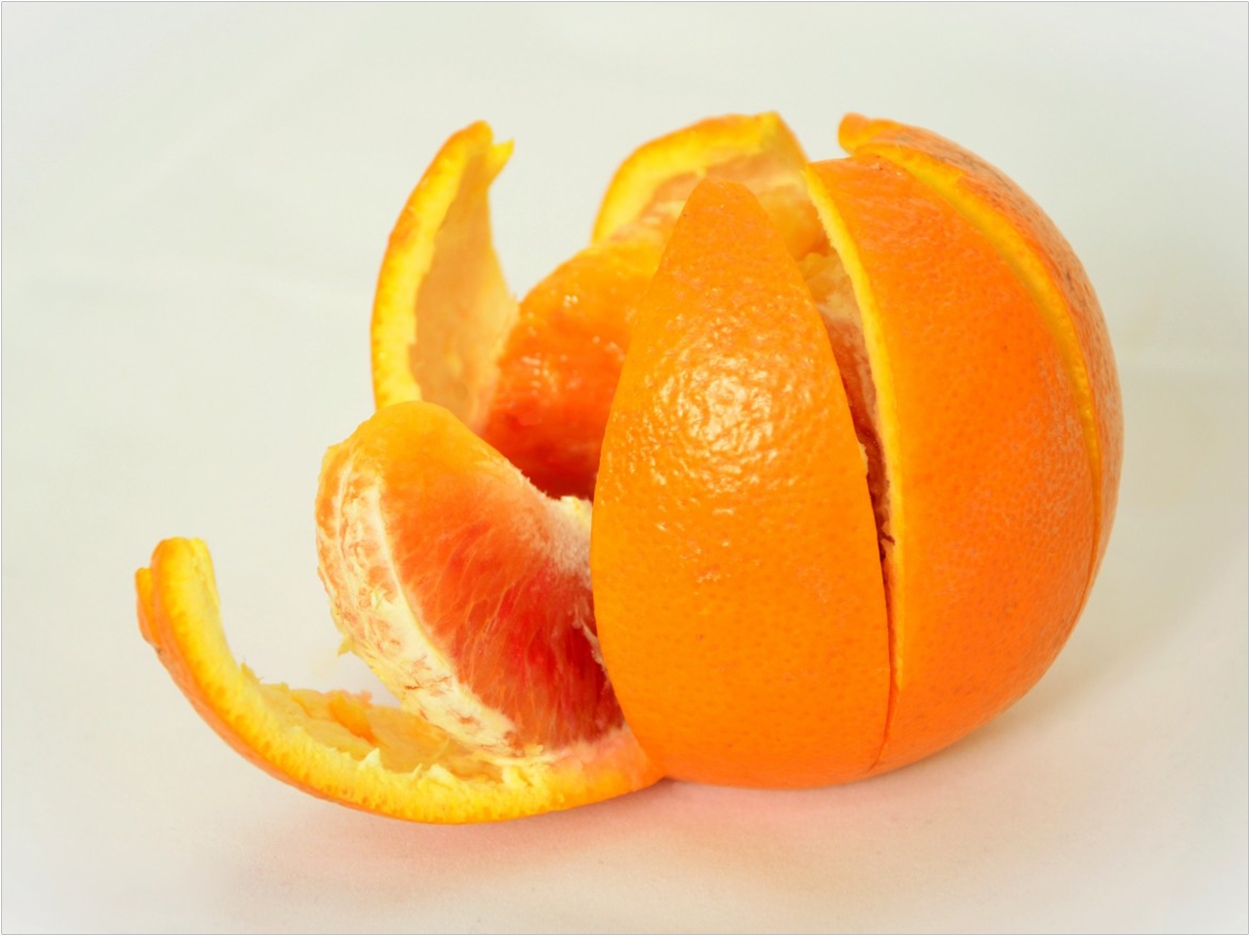
A compound found in citrus oils could help alleviate xerostomia caused by radiation therapy in head and neck cancer patients, according to the Stanford University School of Medicine. D-limonene protects cells that produce saliva in mice exposed to radiation therapy without diminishing the tumor-fighting effects of the radiation. When humans take d-limonene, it is transported to the salivary gland.
About 40% of head and neck cancer patients who receive radiation therapy develop dry mouth, which leads to difficulties in speaking and swallowing as well as oral pain and tooth decay. Some recovery can occur in the first years after therapy. But once saliva production is impaired, it is usually gone for life, the researchers report. And while amifostine may be used to treat dry mouth, side effects such as nausea and low blood pressure are common, so it is rarely used.
Many of the saliva-producing cells that are needed to keep the mouth constantly moist are found in the submandibular glands, located under the lower jawbone on each side of the chin. Radiation often kills these cells in addition to the rare but critical salivary stem and progenitor cells, the juvenile members of the population that are needed to rebuild and restore the capacity to make saliva.
While retaining salivary function depends on protecting the stem and progenitor cells, that’s tricky because toxic and highly reactive compounds called aldehydes are created in the gland after radiation therapy, gumming up cellular function. The researchers began by trying to regenerate salivary stem cells and found that they contain high levels of an enzyme called aldehyde dehydrogenase 3A1 (ALDH3A1).
The enzyme is a member of the large aldehyde dehydrogenase family of enzymes, which are proteins that initiate or speed up chemical reactions, that can defang troublesome aldehydes. But ALDH3A1 isn’t a match for the radiation-unleashed aldehydes on its own. So, the researchers needed to find something that could improve its potency.
The researchers then turned to a library of 135 traditional Chinese medicine extracts, many of which have been used as treatments for various ailments for hundreds of years, improving the likelihood that they are safe to use. They found that seven of these extracts boosted ALDH3A1 activity. They then broke up these extracts—from plants including tangerine, lotus, and an Asian rhizome known as zhi mu—to find out what was activating the enzyme.
D-limonene stood out from the other compounds in the extracts because it is broken down relatively quickly in the body and has been deemed by the Food and Drug Administration as a food flavor “generally recognized as safe” that has been approved for use as a food additive. Next, the researchers had to see if d-limonene would rev up ALDH3A1 in living cells.
A series of experiments with mouse cells that had been exposed to radiation showed that d-limonene reduced aldehyde concentrations in both adult and salivary stem and progenitor cells. Even when the cells were treated weeks after radiation exposure, d-limonene still improved their ability to recover, repair gland structure, and produce saliva.
Mice that ate d-limonene and were exposed to radiation also produced more saliva than mice that did not receive d-limonene and were exposed to radiation. Also, d-limonene wasn’t likely to boost saliva production so high that mice, or humans, would be drooling. It didn’t increase saliva production in mice that hadn’t been exposed to radiation. And, d-limonene did not affect tumor growth or interfere with the tumor-shrinking effects of the radiation in mice.
Further experiments revealed that d-limonene stopped the expression of messages that trigger the salivary stem and progenitor cells to self-destruct. Based on these results, the researchers wanted to know if the compound could help patients. It would have to be active inside the salivary glands to do so.
A subsequent phase-0 study explored whether d-limonene taken by mouth in a capsule would be distributed to the salivary gland. Four subjects who were having a salivary gland tumor removed took d-limonene for two weeks before their surgery. When the tissue was examined after it was removed, the researchers found high levels of d-limonene, showing that it has the potential to be used therapeutically in humans since it reaches the salivary gland tissue.
The only side effect was citrus-infused burping.
Next, the researchers will start the clinical trial process, which will take several years and require a multi-institutional collaboration. The work is an example of Stanford Medicine’s focus on precision health, the researchers say, with a goal of anticipating and preventing disease in the healthy and precisely diagnosing and treating disease in the ill.
“If it works, then this type of drug would be used safely to prevent dry mouth in patients in the long run and make it much easier for patients to tolerate the radiation treatment with an improved quality of life after the treatment,” said Quynh-Thu Le, MD, professor and chair of radiation oncology at the school and co-senior author of the study.
The study, “Aldehyde Dehydrogenase 3A1 Activation Prevents Radiation-Induced Xerostomia by Protecting Salivary Stem Cells from Toxic Aldehydes,” was published by the Proceedings of the National Academy of Sciences.
Related Articles
Artificial Salivary Gland Gains Patent
Cancer Patients Require Managed Oral Healthcare
Patent Awarded for Sjogren’s Syndrome Diagnostic Kit












